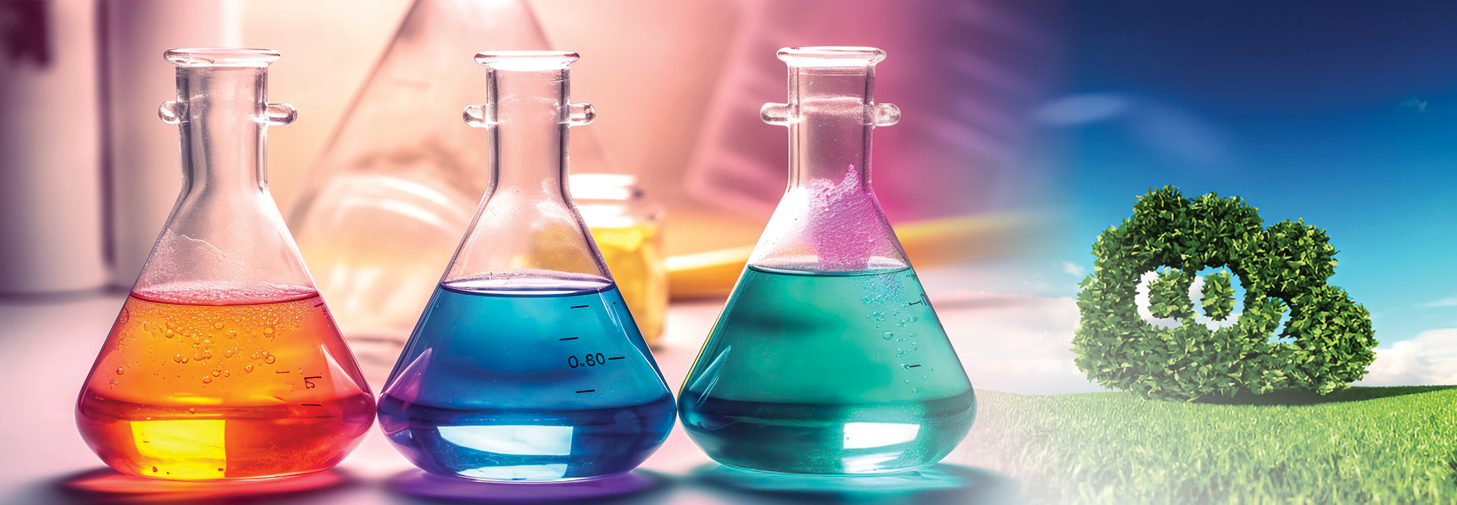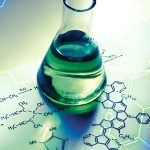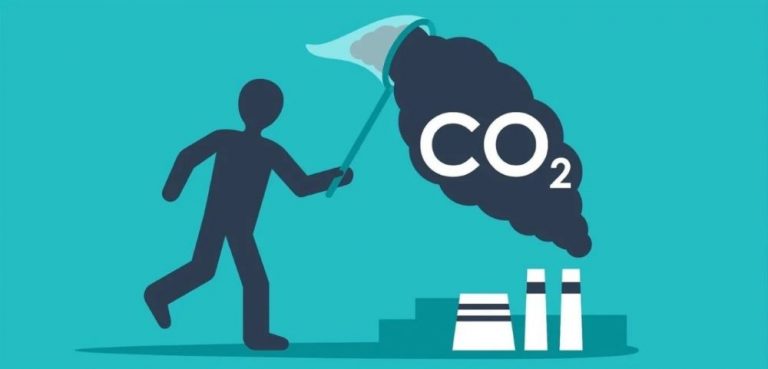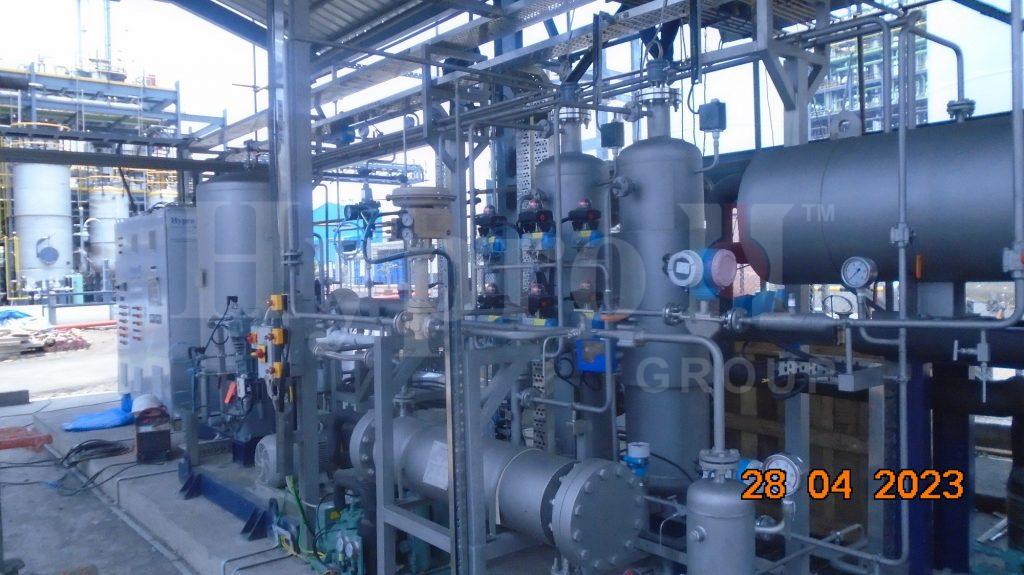#Chemicals #CO2 #Sustainabilty
CO2 Recovery from Chemicals: The Hidden Catalyst Driving Industry’s Sustainable Success.

As the chemical sector works toward sustainability, innovations in CO2 recovery are turning harmful emissions into valuable resources, reducing the environmental impact while offering practical solutions for the industry’s future.
Key Industries within the Chemical Sector

1. Petrochemicals

2. Fertilizers

3. Cement & Lime Production
Although often categorized under the construction industry, cement and lime production involve significant chemical reactions that produce CO2. The calcination process in cement production alone generates approximately 60% of the industry’s total CO2 emissions. In 2021, global CO2 emissions from cement production were about 2.9 GT, underscoring the potential impact of CO2 recovery in this sector.

4. Pulp & Paper
The pulp and paper industry, while less obvious, is also a substantial CO2 emitter. The chemical pulping process, which involves the breakdown of wood into its fibrous components, releases significant CO2. Globally, the pulp and paper industry contributed approximately 190 Mi T of CO2 in 2022, presenting another opportunity for CO2 recovery.

5. Alkyl Amines
As an example, the alkyl amines industry, which produces chemicals used in pharmaceuticals, agrochemicals, and rubber processing, also generates considerable CO2. The production of alkyl amines involves the use of ammonia, contributing to the industry’s overall carbon footprint.
The above industries represent just a fraction of the chemical sector, but together they contribute a substantial portion of industrial CO2 emissions. These emissions are not only harmful to the environment but also represent a potential resource that, if recovered, can be repurposed in various applications such as enhanced oil recovery, carbonation in beverages, or even as a raw material in chemical production.
Challenges in CO2 Recovery from Chemicals

1. Complexity of Chemical Processes
2. Energy Consumption
3. Impurities in CO2 Streams
4. Industry-Specific Complications
5. Regulatory and Market Pressures
Regional Awareness and Viability

1. Europe
2. North America
3. Asia-Pacific
4. Middle East & Africa
How Hypro is addressing the challenges
Hypro has positioned itself as a leader in the CO2 recovery space by developing energy-efficient, customized solutions for the chemical industry. With over 1.5 +Mi MT CO2 recovered to date and more than 23 +MT being recovered daily, Hypro’s impact is both significant and ongoing. Here’s how Hypro is making a difference:
1. Digitalization for Seamless Operations
Hypro’s cutting-edge digital OEM revolutionizes plant management by providing instant access to operation manuals, troubleshooting guides, test and guarantee certificates, and the entire history of the plant—all at the click of a button. This digitalization ensures that all essential information is readily available, streamlining operations and minimizing downtime.
2. Comprehensive Plant Performance Monitoring
HySaaa offers advanced features like real-time plant performance monitoring, operating cost analysis, and data logging. These tools empower operators to maintain optimal efficiency, analyze costs, and make data-driven decisions to enhance plant performance.
3. Preventive & Predictive Maintenance
Hypro’s solutions include robust preventive and predictive maintenance capabilities, reducing the likelihood of unexpected failures. By proactively identifying potential issues, Hypro helps customers avoid costly disruptions and maintain continuous operations.
4. Operator Training for Self-Sufficiency
During installations, Hypro provides comprehensive operation training to plant operators. This training equips them to handle maintenance tasks independently, thanks to the system’s integrated alarms and preventative measures. The robustness of Hypro’s system eliminates the need for a dedicated operator on-site at all times, making the plant more or less maintenance-free.
5. Continuous Improvement
Hypro is committed to ongoing innovation and customer satisfaction. By gathering customer feedback and conducting self-analysis, Hypro continually enhances its solutions to be more operator-friendly, energy-efficient, and responsive to the needs of its clients.
6. Energy Conservation
Hypro’s Success in CO2 Recovery from Chemicals: Alkyl Amines Chemicals Case Study
One of Hypro’s notable achievements in CO2 recovery from chemicals is the installation of a containerized CO2 recovery plant with a capacity of 220 kg/hr at Alkyl Amines Chemicals Ltd., located in Kurkumbh, India. This advanced CO2 recovery system allows Alkyl Amines Chemicals Ltd. to efficiently reuse recovered CO2 in various chemical processes, significantly reducing the company’s overall carbon footprint. This successful project not only demonstrates Hypro’s expertise in CO2 recovery from chemicals but also highlights the economic benefits of integrating CO2 recovery solutions within the chemical industry.
The containerized CO2 recovery plant was designed to offer flexibility and ease of installation. This modular approach enabled Alkyl Amines Chemicals Ltd. to seamlessly integrate the plant into their existing chemical operations with minimal disruption. Furthermore, the containerized design provides scalability, allowing the company to expand its CO2 recovery capacity as demand grows.

The Future of CO2 Recovery in Chemicals
CO2 recovery from chemicals is not just a necessity but an opportunity to transform waste into a valuable resource. As the world moves towards a more sustainable future, the chemical industry will play a crucial role in reducing global CO2 emissions. Hypro’s advanced CO2 recovery solutions, combined with cutting-edge digitalization, are paving the way for a more efficient and sustainable chemical industry.
By addressing the challenges of CO2 recovery with innovative technology and customized solutions, Hypro is helping companies worldwide achieve their sustainability goals while maintaining profitability. The success at Alkyl Amines is just one example of how Hypro’s expertise is making a real difference in the industry.
As awareness and regulations continue to grow globally, the adoption of CO2 recovery technologies will only accelerate, making it an integral part of the chemical industry’s future.
Related Posts
Engineering Sustainability
Hypro believes Earth Day is more than a moment - it’s a mission. From sustainability-driven innovations to CO₂ recovery and digital transformation, discover how Hypro...
Read MoreEnvironment First
On the World Environment Day, Hypro redefines the role of industry - not as a force that extracts, but as one that restores. With over...
Read MoreCO2 recovery from amine
Recovering CO₂ from amine and specialty chemical production transforms what was once a liability into a valuable, high-purity resource for food, pharma, and fuel applications....
Read More



